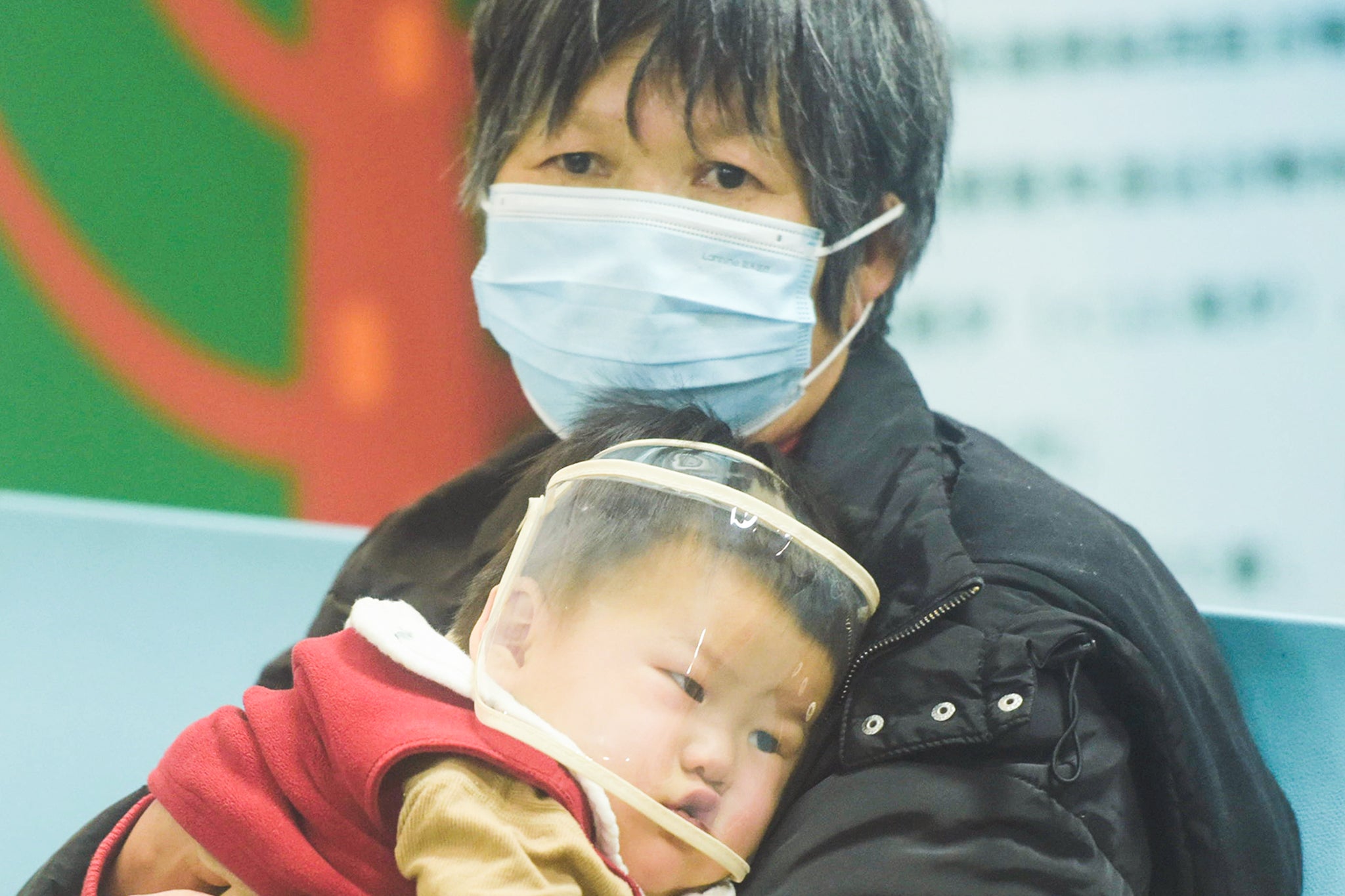The rate of HMPV infections in northern China is declining, Chinese health official says
Share:
The rate of infections with the flu-like human metapneumovirus (HMPV) in northern China is declining, a health official said Sunday, amid some international concern over a potential pandemic. HMPV, which belongs to the same family as the respiratory syncytial virus, causes flu or cold-like symptoms including fever, cough and nasal congestion. The symptoms often clear up by themselves, though they can cause lower respiratory tract infections among children, older adults and those immunocompromised.
“The human metapneumovirus is not a new virus, and has been with humans for at least several decades,” said Wang Liping, a researcher at the Chinese Center for Disease Control and Prevention, during a press briefing by China’s National Health Commission.
Wang added that the increase in recent years in the number of cases of the virus, first detected in the Netherlands in 2001, is due to better detection methods. “At present, the rate of positive cases in human metapneumovirus detection is fluctuating, and the rate of positive cases in northern provinces is declining, and the rate of positive cases among patients aged 14 and below has started to decline,” she said.
Concerns surfaced in recent days over a surge in HMPV infections in northern China after images circulated online of hospitals overrun with masked patients. The World Health Organization said it has not received reports of unusual outbreaks in China or elsewhere.






















